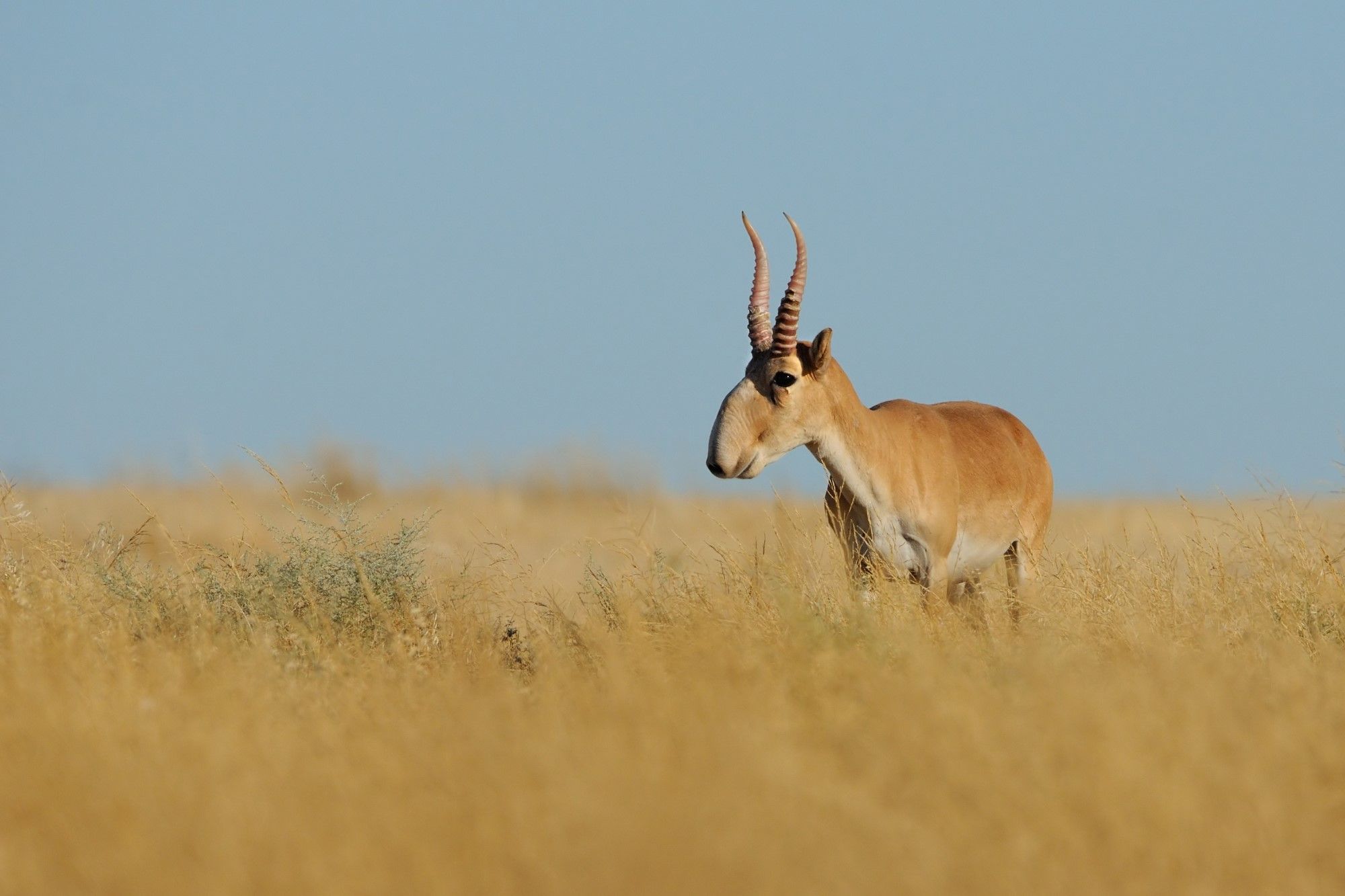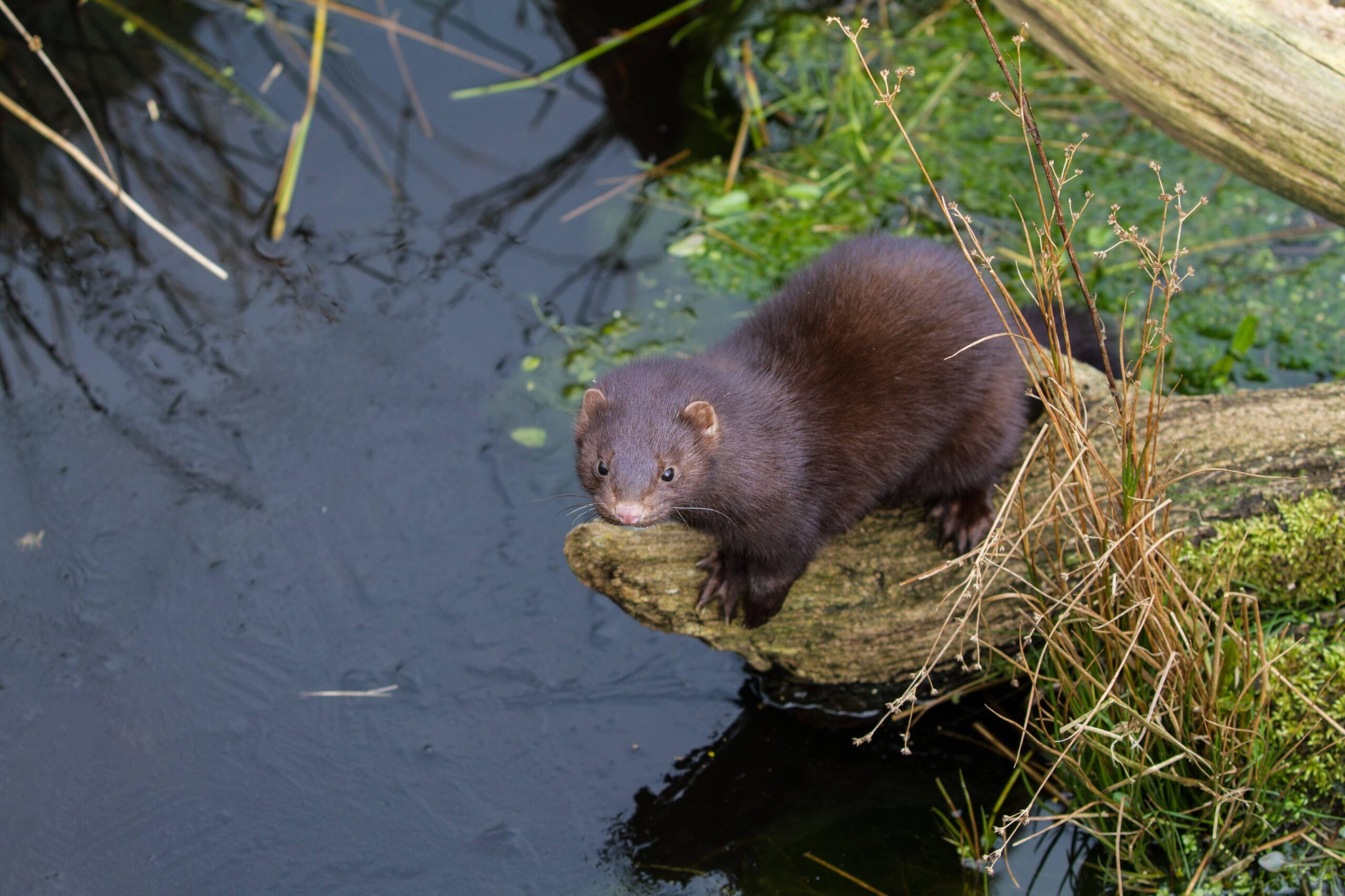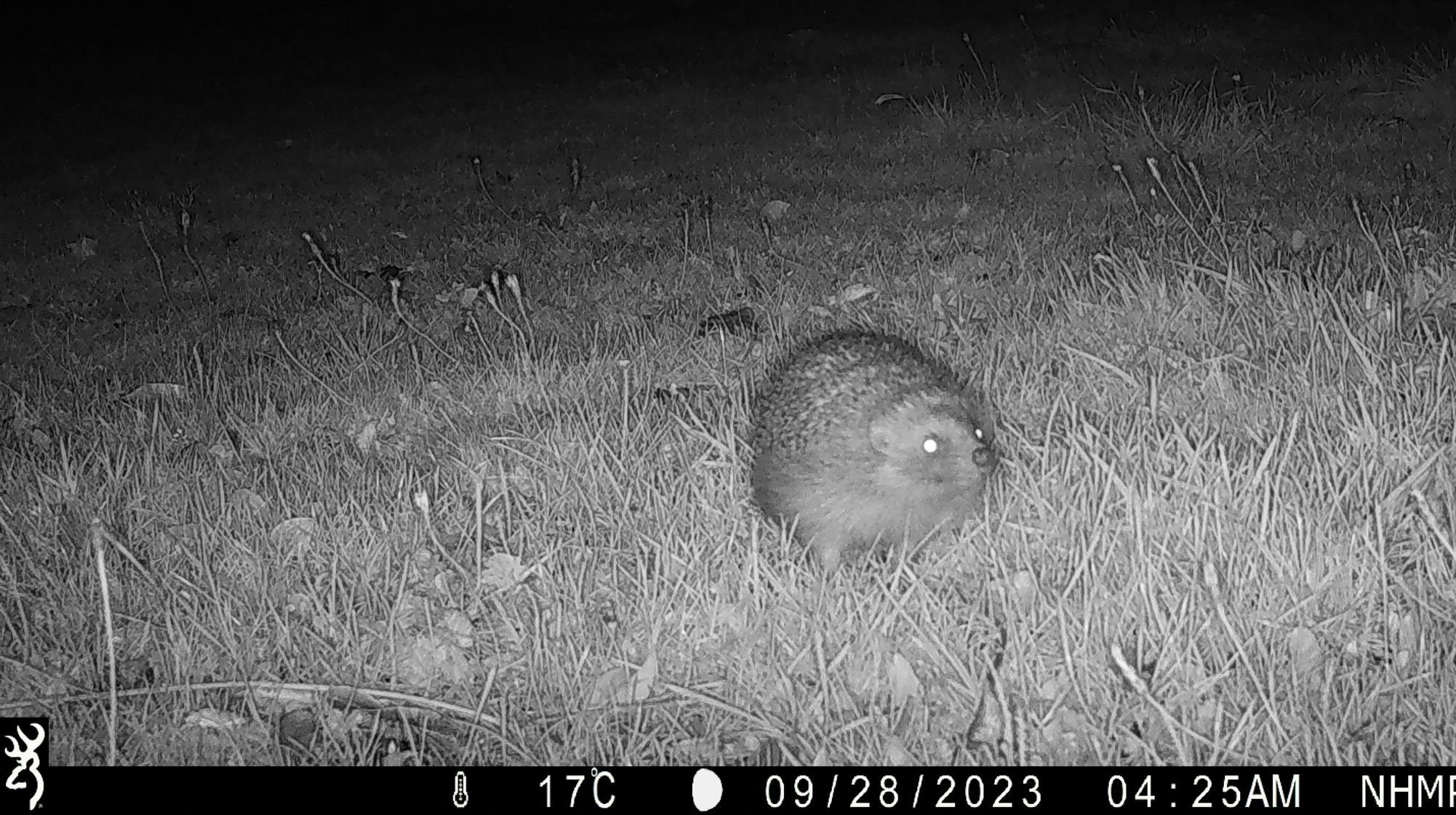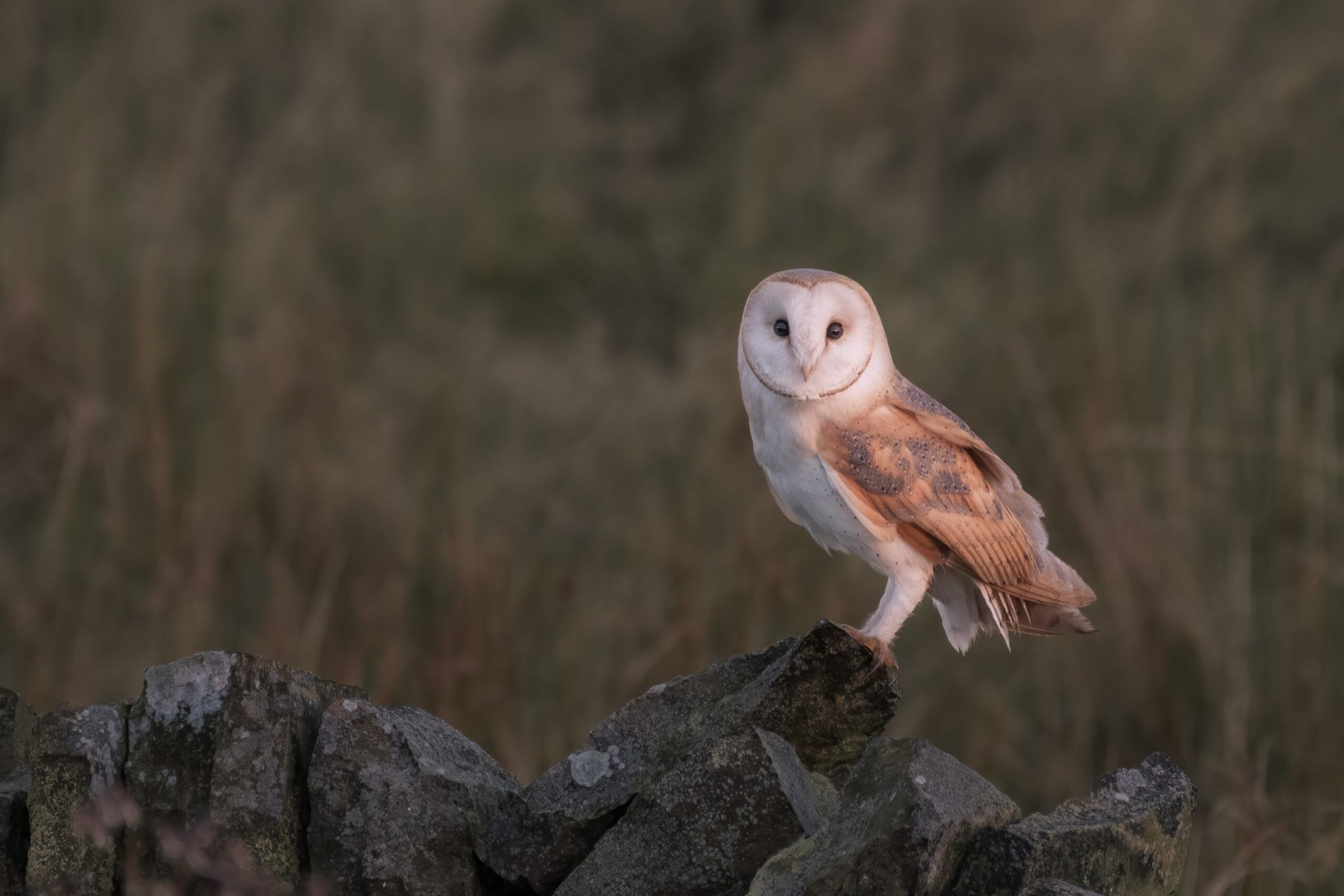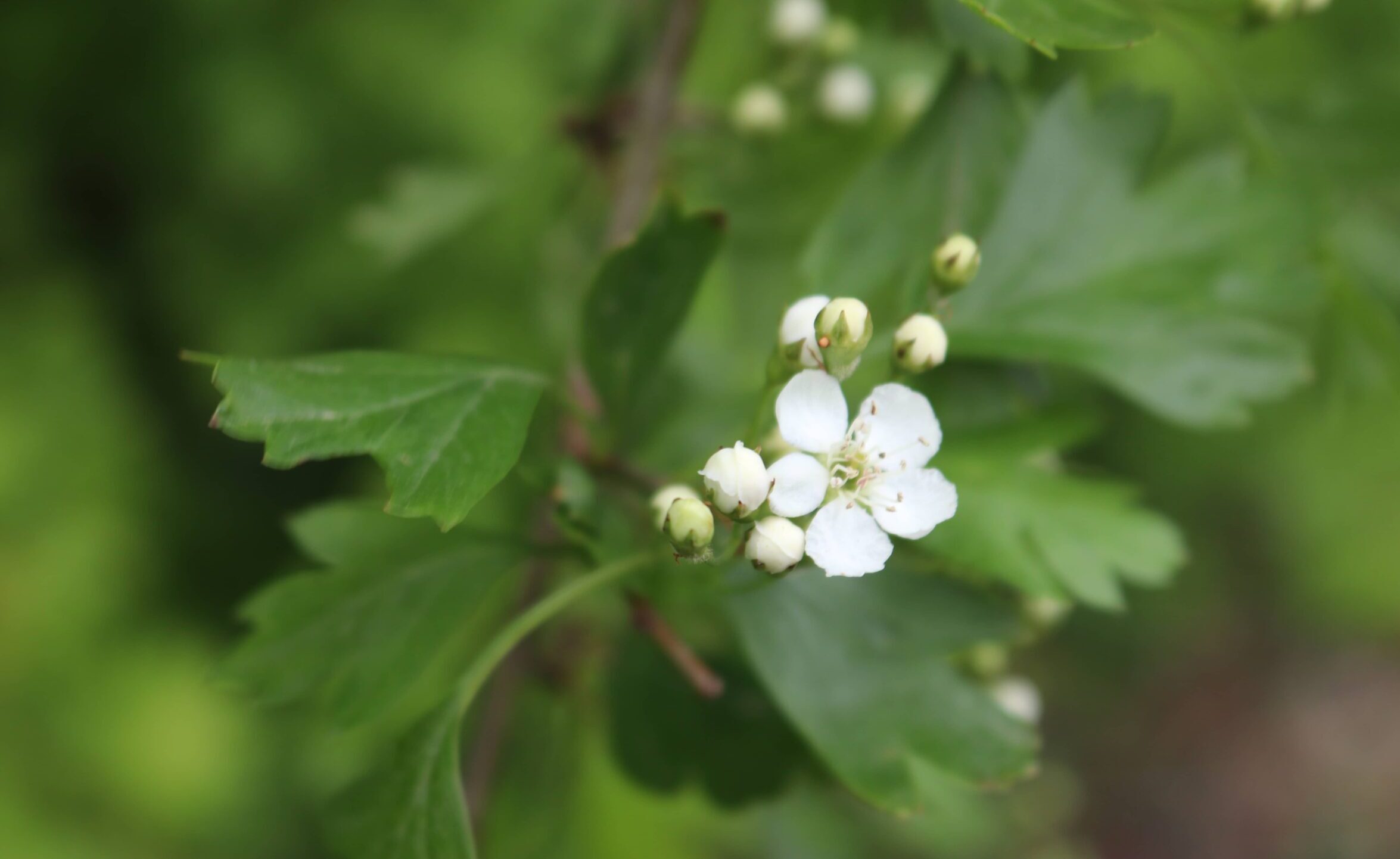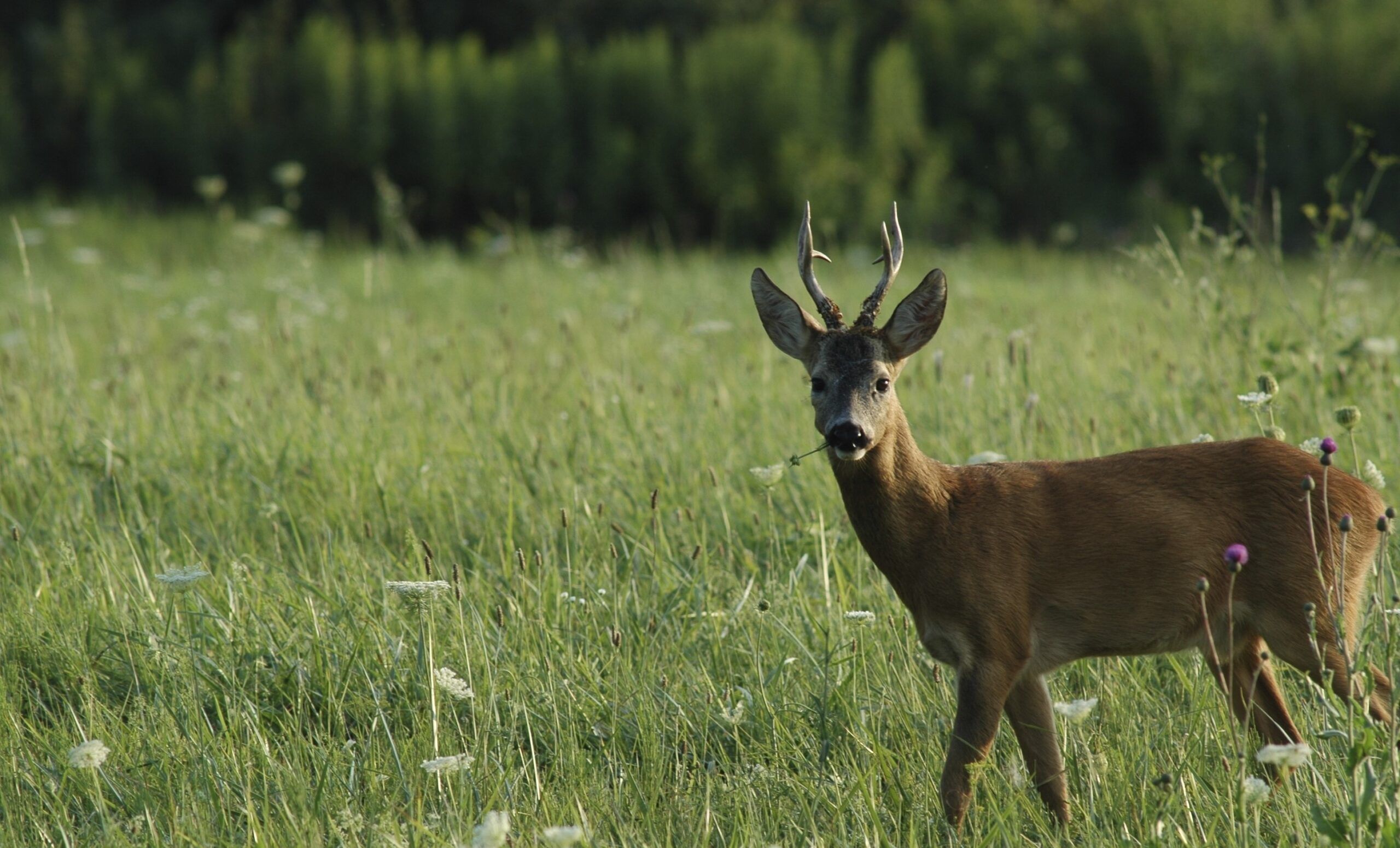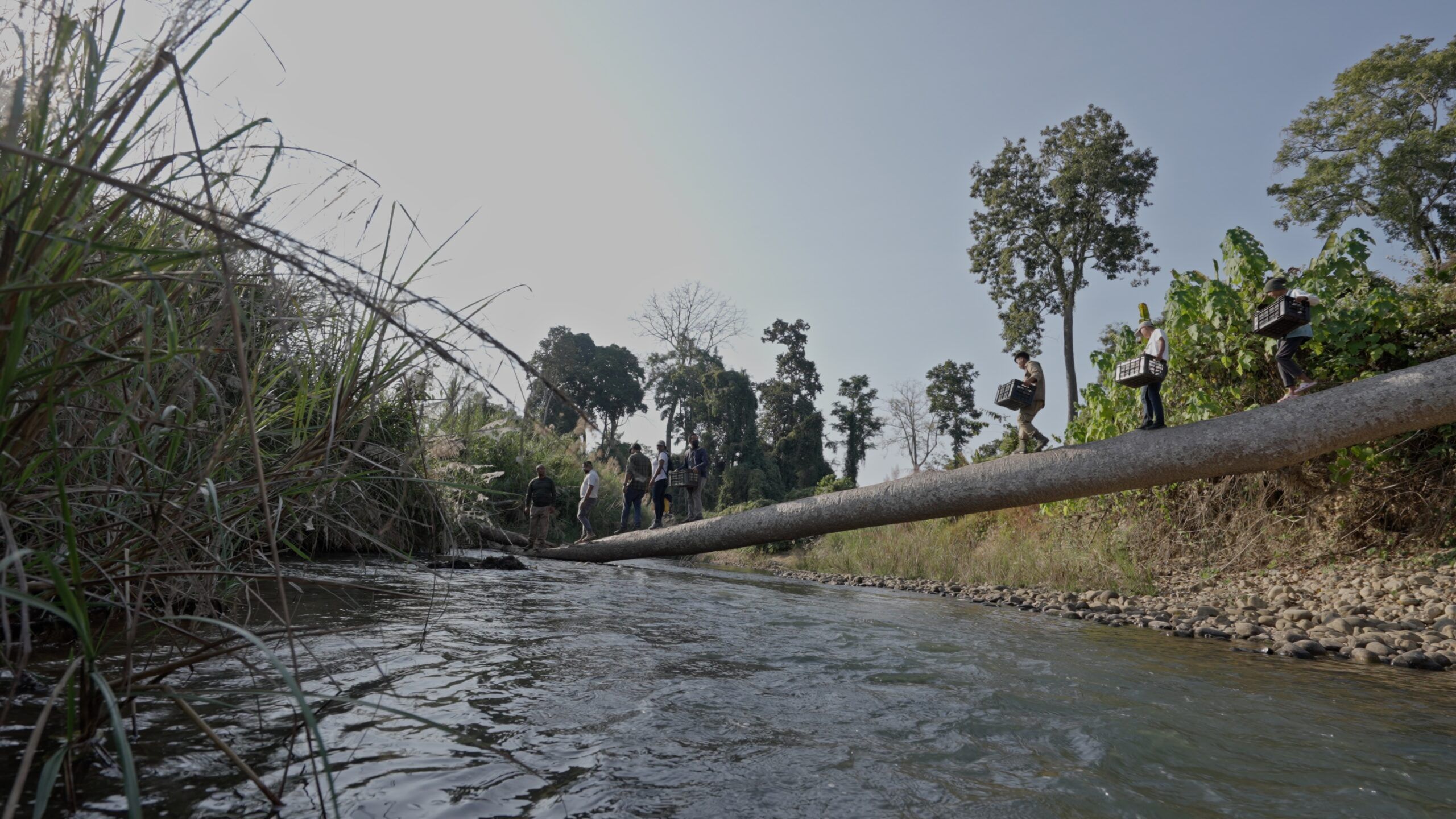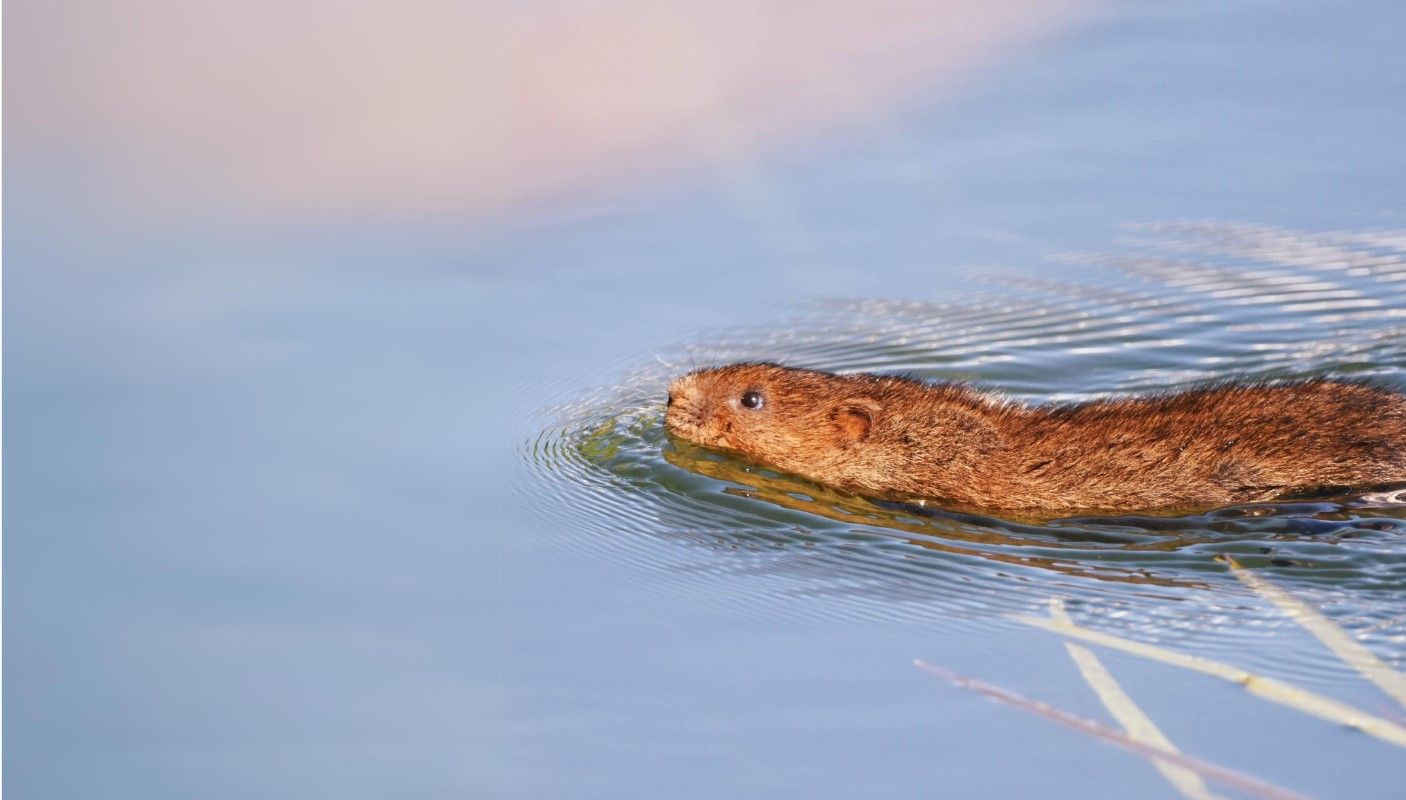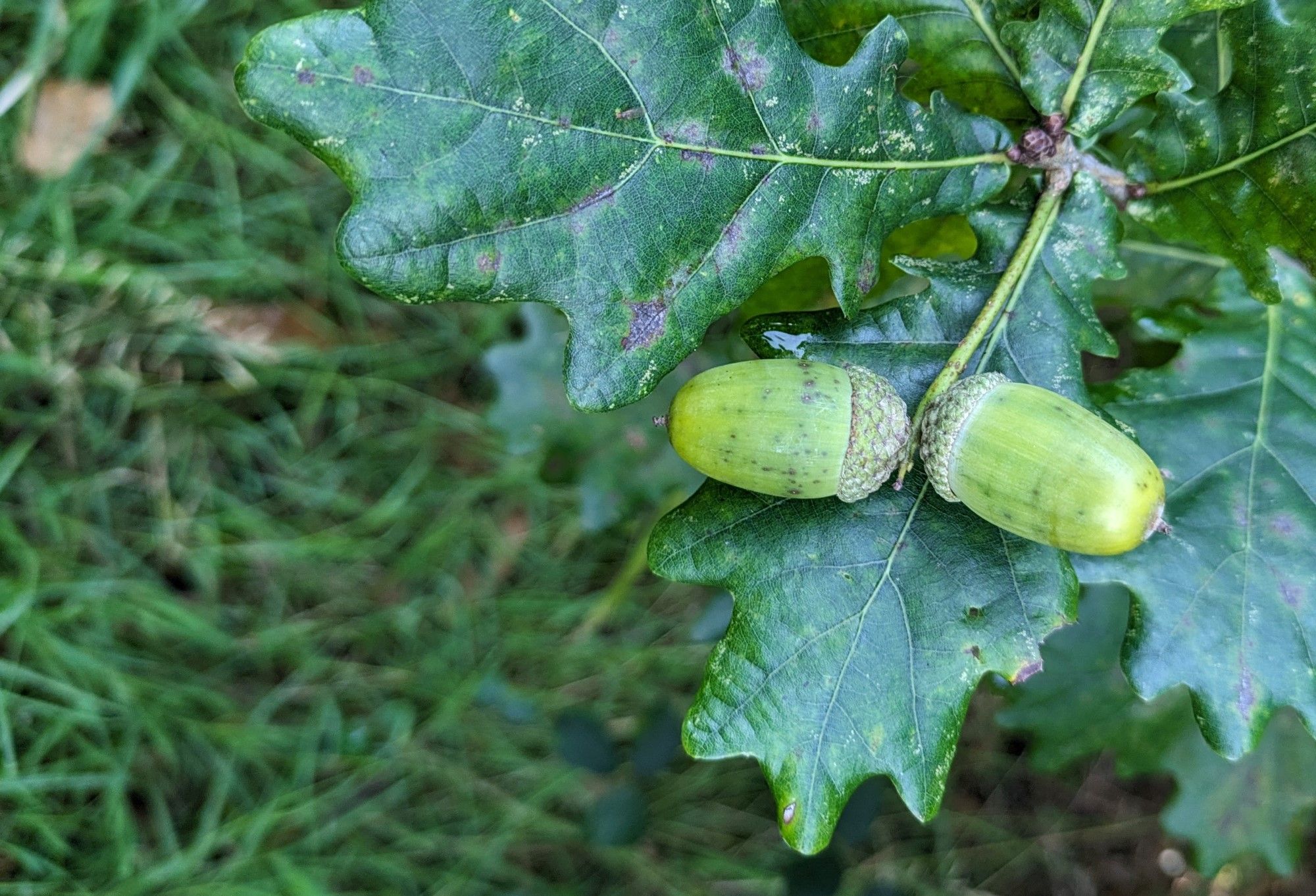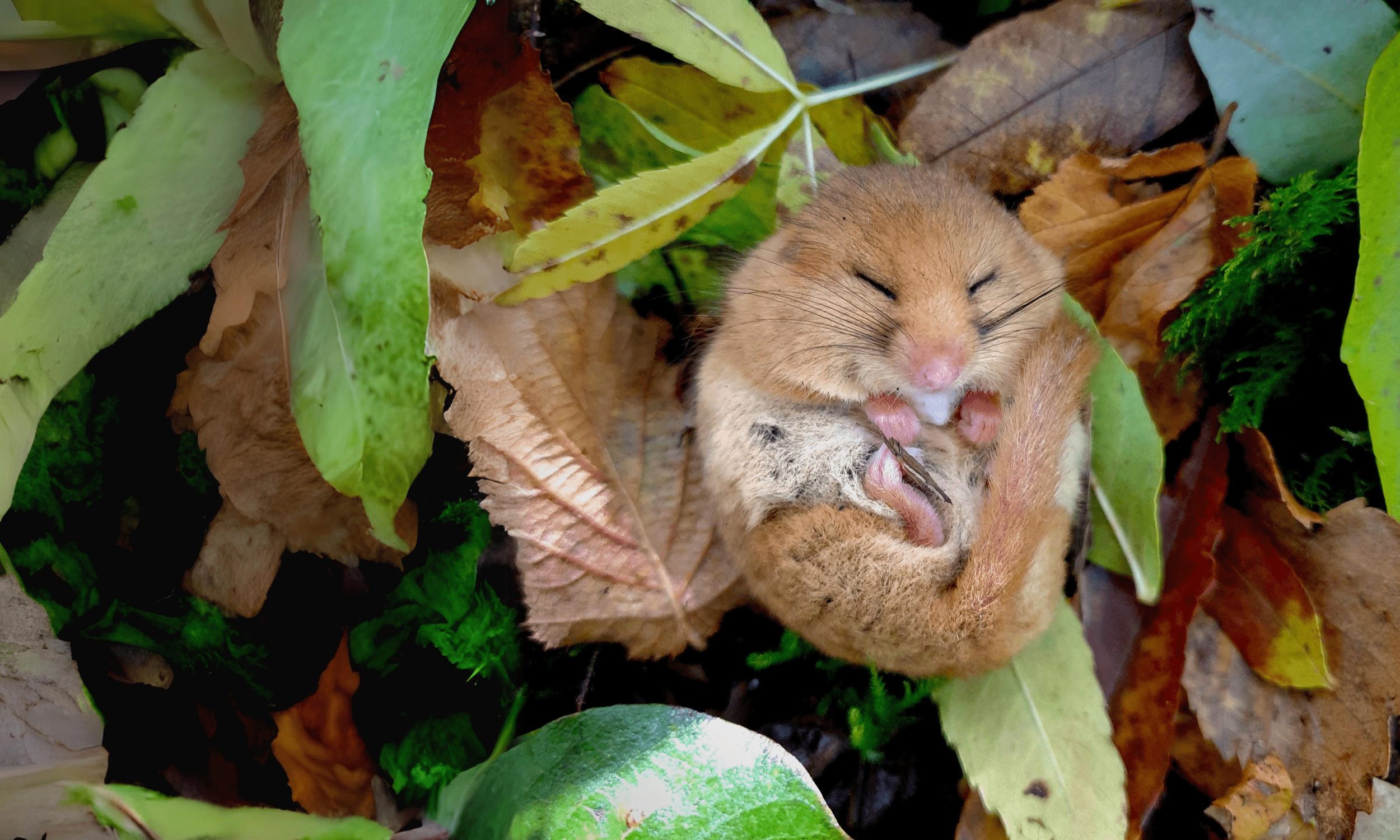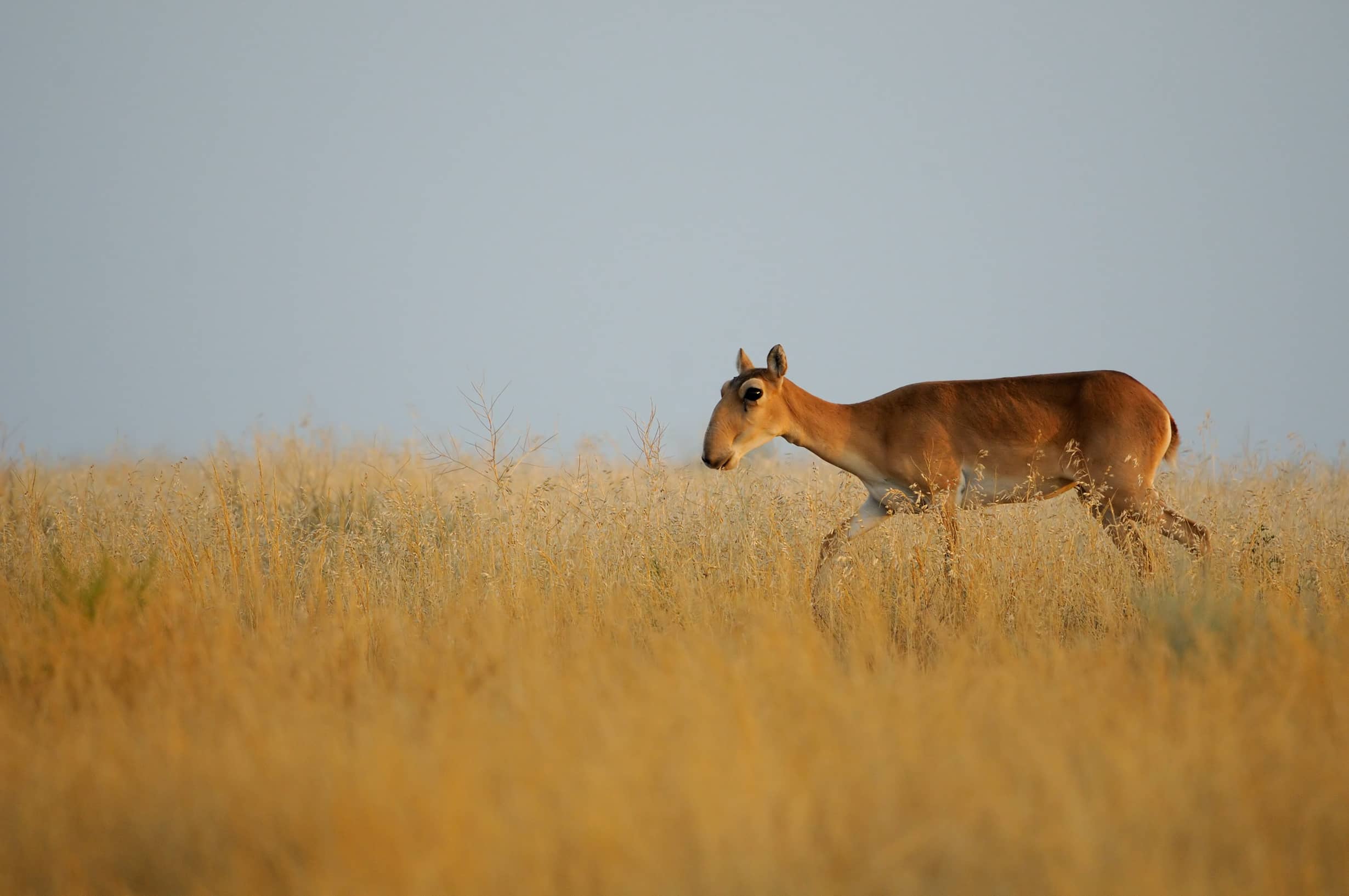News
Search by topic
Zebo Isakova is Project Manager at Saiga Conservation Alliance (SCA). She works with our Conservation Partner Elena Bykova. Here Zebo describes their Saiga Day celebrations last year, when Nida Al-Fulaij, CEO, visited their project, highlighting their successful engagement with the local community and the positive impact of their conservation efforts. SOS – Save Our SaigaA …
Read article...Back to Beds for sleepy dormice This week, in early June, 10 rare hazel dormice have been reintroduced into a Bedfordshire woodland to bolster the county’s only existing population. These animals will help create a bigger and more genetically diverse population of the species in this wood, and is part of our ongoing conservation effort …
Read article...A successful predator with a big appetite Britain’s waterways support a diversity of our native wildlife as they meander through tranquil verdant landscapes and bustling urban centres. Yet, an ominous threat lurks on the banks, imperilling the delicate natural balance. Enter the American mink (Neovison vison), a successful predator with a big appetite and a …
Read article...The National Hedgehog Monitoring Programme (NHMP) is an exciting new project aiming to calculate robust population estimates for hedgehogs. The project officially launched at the end of March 2024 and the pilot phase is currently running for three years, until May 2026. We started our first surveys last year (2023) and are looking forward to …
Read article...Barn owls are one of our best-loved and most recognised birds. Hunting in the daytime as well as during the night, their distinctive heart-shaped faces and ghostly silent flight have endeared them to us, despite their status as an avid hunter. They feed in long grass and woodland edges where they hunt for voles, shrews …
Read article...We will plant 45,000 miles. Not a follow up song by the Proclaimers, but an ambitious target set by Defra to plant and restore 45,000 miles of hedgerow by 2050. An opportunity to design It’s been a long time since we’ve planted hedges at any sort of scale. In fact, most of the hedges we …
Read article...The first mammals made an appearance around the start of the dinosaurs’ heyday, 200 million years ago. Then (as now), most dinosaurs were diurnal (active during the day) and keeping out from under their feet was probably a smart move. So, mammals adopted an alternative lifestyle, busying themselves at night. Goats town For a lot …
Read article...Sushmita Kar, one of our conservation insight grant winners at the Turtle Survival Alliance, talks to us about her recent field work expedition in Nagaland, India, searching for released Asian giant tortoises. Why are we looking for Asian giant tortoises? Asian giant tortoises are mainland Asia’s largest tortoise and the 6th largest in the world! …
Read article...Watching water voles in 2023 Last year, PTES volunteers played a crucial role in helping us map the whereabouts of Britain’s water voles. The results from the National Water Vole Monitoring Programme (NWVMP) in 2023 were fantastic and it’s the dedicated time and effort put in by our monitors that means we can all look …
Read article...What is wood pasture? Wood pasture is a man-made mosaic habitat featuring open-grown veteran and ancient trees, an open ground layer such as grassland or heathland, grazing animals, wood decay and flowering shrubs. The structure and appearance can vary depending on historic and current management. If the site is in good condition, there will be …
Read article...This June, we successfully released 38 healthy captive-bred hazel dormouse into a woodland on the Calke Abbey estate in Derbyshire. We reintroduced this new population of dormice in collaboration with Wildwood Trust, London Zoo ZSL and Paignton Zoo. Checking nest boxes for dormice As part of our dormouse reintroductions each year, we work with trained …
Read article...Below us, as the aeroplane started its descent, the lights of Tashkent stretched as far as the horizon. The capital of Uzbekistan is home to over two and half million people, making it the largest city in Central Asia. I was arriving there, close to midnight, on a visit to meet our Conservation Partner Elena …
Read article...Press and media
For all media enquiries please contact Jane Bevan or Adela Cragg at Firebird Public Relations on 01235 835297 or email ac@firebirdpr.co.uk.

